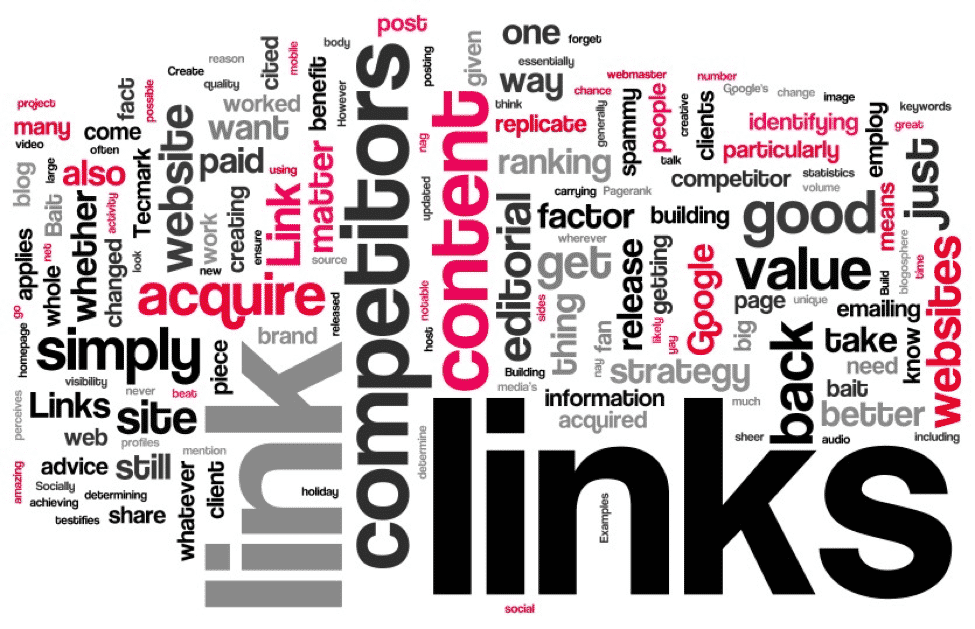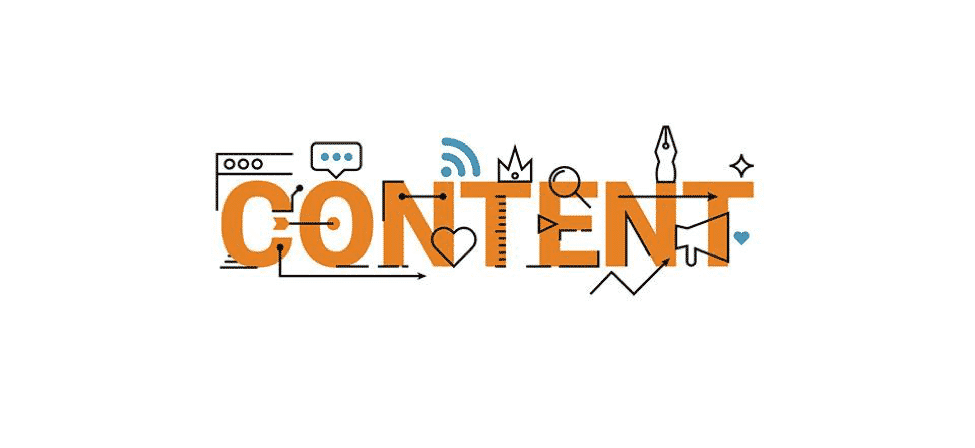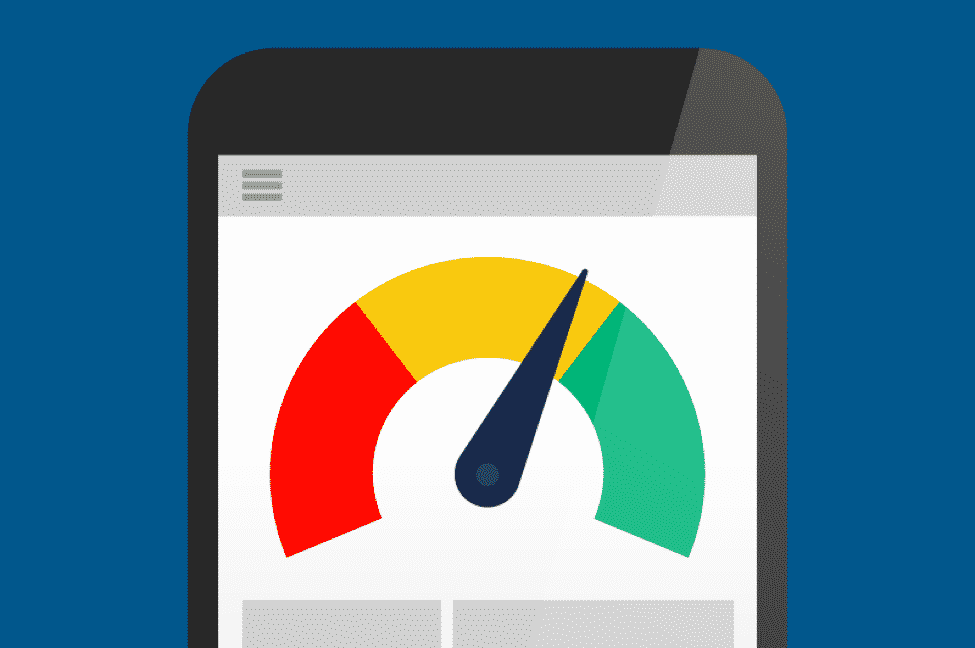As many SEO experts state, there are over 200 factors that impact a website ranking in search engines and determine its position in search results.
The key of them are:
• Website link profile – a number of external links to the website
• HTTPS protocol
• Content length and quality
• Website loading speed
• Semantic core quality and depth
• Domain age
• Website responsiveness
• Traffic from social media channels.

Numerous optimization approaches that used to play a vital role in the website promotion and traffic generation lose their significance with every passing year, if not to say with every passing month. Why does that happen?
- Tons of new websites appear every day.
- It becomes more difficult to create a unique content and effectively compete in any business sphere.
- We witness constant improvement of search engines’ algorithms and active usage of neural networks.
- We prefer using mobile devices for surfing the Great Web as they are always there unlike PCs.
- With the rapid facets and technology evolvement, the “tail” of search queries – low-frequency keywords – also grows.
It is difficult to imagine a person who did not hear about Viber, Telegram, Facebook, Twitter. These social networks directly and implicitly influence your brand recognition and leads generation.

Exploring the factors
1. Link profile
It is false to believe that the more pages have backlinks to your website the more reputable it will be for Google bots. We should clarify that it matters how many different domains not web pages reference it. Analyze your website’s and other relevant topics and when building a link profile follow these domain criteria:
- Its age and topic.
- The nesting depth of a page backlinks to your website. It should not be more than 1-3.
- It should rank higher in search results to play as an “elder brother” for your website.
- It should have a solid link profile.
- Content around the link and the keyword should comply with your website topic.

2. HTTPS
HTTPS is the extended and secure version of HTTP. Data transferred between a user and a website over HTTPS is encrypted with cryptographic TLS or SSL protocols in older versions.
More and more often Google stresses the importance of data security on a website and notifies users about the insecure connection or even blocks the access to websites without the HTTPS protocol. Therefore, it is vital to pay close attention to this factor, especially if your deal with online payments on your website.
A quite simple procedure that doesn’t take a lot of your time, but adds plus points to your website ranking in search results.
3. Content length and quality
This factor was and still remains trending. Search engines urge websites to fully cover search queries they are targeted to, using text, images, docs, videos, and tables to make the content easy to read and understand.

Considering the text itself, it is useful to run a competitor’s reach. Try to analyze pages that are in the TOP 10 of search results for the query your website will cover. If the text length on the leading pages is 3000 – 35000 symbols including spaces, your text should not be shorter or drastically exceed this rate. The ideal variant will be around 3500-3800 symbols.
Crafting your ideal content, follow these simple rules:
- Use H1 title every 1500 symbols, and H2 title every 500-800 symbols. Split content into paragraphs to make it more readable.
- Highlight important phrases with the strong tag.
- Keep in mind: the content you create should be people- not bots-oriented.
- Make the content easy-to-read.
- Do not overload text with keywords. Try to use synonyms and words that are similar in meaning.
- Do not forget about the content uniqueness.
4. Website loading speed
One of the key factors of a website ranking in search engines is its loading speed on PCs and mobile devices. Since the Internet speed on smartphones and tablets is considerably lower than on PCs, the website should load even under the slow connection.

To optimize the loading speed, use the Google Page Speed Insight tool and remember about simple tricks:
- Turn on the CSS, JS, HTML caching.
- Try to cut down the number of scripts and pop-up windows. If you use JavaScript, move it to the footer to load it after the HTML page and do not forget to set the duration.
- Zoom and compress images.
- Use as few 301 redirects as possible.
5. Semantic core quality and depth
This is the most important aspect of the website digital promotion and its quick reach the TOP of search engines. Analyze the website topic, your competitors, and promotion region. Check what keywords your competitors use. It will help to gather the semantic core.

If your website is relatively “young” and you understand that it won’t reach the TOP by high-frequency keywords, start with the low-frequency ones, smartly distributing them across the pages. When gathering the semantic core, look up for keywords “tails”. They will generate 70 % or even 80% of the website traffic in future.
How to determine what ranking factors fit my website?
Instead of using all 200 ranking factors, regardless of their relevance, any webmaster and SEO specialist selects 5-10 key ones, keeping in mind other important points. As a rule, experts apply link-building, the best, in their view, website design along with the loading speed, usability, and specified behavioral factors.
It does not mean that you should hire additional stuff and run endless optimization campaigns, hoping to catch the break. Quite the opposite. It’s far better to set key business development perspectives following the website structure and its operation niche. For sure you won’t need to use all 200 factors. Not less than 20 will be enough.
For example, for a one-page website you won’t need:
- Content-length oriented promotion.
- Extensive semantic core.
- Pages quantity in the search engines index.
And all these, by the way, exclude 100 factors from the list.
It will be more important to focus on the:
- Traffic from social media.
- Brand recognition, advanced profiles in directories, thematic forums, on LinkedIn, Behance, etc.
- Custom design.
- Quality content and compliance with the optimization rules.
- Mobile-friendliness.
Pay special attention to behavioral factors as, in any case, a one-page website or a landing are usually used to sell products or services. To study weaknesses and flaws in the elements arrangement, use analytics services or, if you have loyal customers, simply ask for their feedback to determine weak points and future improvements.

